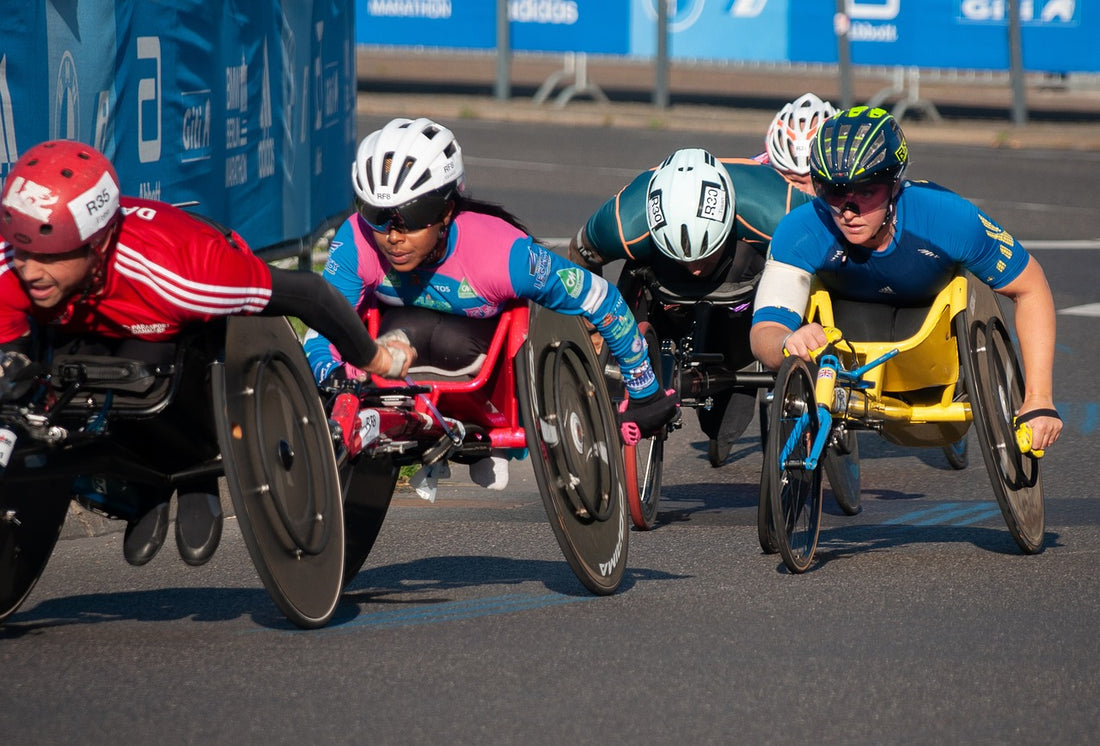The Paralympic Games are more than just a showcase of incredible athleticism and determination; they are a powerful statement about the importance of accessibility and inclusion. As the world watches athletes push the limits of human potential, the venues hosting these events must be equally impressive in their ability to accommodate athletes, coaches, officials, and fans with diverse needs. The accessibility features at Paralympic venues set a gold standard for what public spaces can achieve. Let’s explore the importance of these features and how their implementation can serve as a model for other public spaces.
1. Universal Design: Creating Spaces for Everyone
One of the cornerstones of accessibility at Paralympic venues is the concept of universal design. This approach ensures that spaces are usable by all people, regardless of age, ability, or status. At Paralympic venues, universal design is evident in wide, gently sloping ramps, elevators that accommodate multiple wheelchair users, and seating arrangements that provide clear sightlines for everyone, including those using wheelchairs or mobility devices.
Best Practice: Public spaces, such as parks, schools, and stadiums, can adopt universal design principles by ensuring that pathways are wide and smooth, seating is flexible and inclusive, and all areas are easily accessible to everyone. This not only benefits people with disabilities but also parents with strollers, elderly individuals, and anyone who may have temporary mobility challenges.
2. Accessible Transportation and Parking
Getting to and from the venue is just as important as the experience within it. Paralympic venues often feature accessible transportation options, including buses with ramps or lifts and designated accessible parking close to entrances. These features ensure that everyone can arrive at the venue with ease.
Best Practice: Public spaces should prioritize accessible transportation options and clearly marked, accessible parking spots. Ensuring that these are located close to entrances and are well-maintained can make a significant difference in the overall accessibility of a space. Additionally, public transportation systems should be equipped to handle the needs of individuals with disabilities, from low-floor buses to accessible subway stations.
3. Clear Signage and Wayfinding
Navigating a large venue can be challenging, especially for individuals with visual or cognitive impairments. Paralympic venues address this by incorporating clear, high-contrast signage with Braille and tactile elements, as well as auditory cues and visual guides.
Best Practice: Public spaces can enhance accessibility by incorporating similar wayfinding systems. This might include tactile paving for individuals with visual impairments, audible crosswalk signals, and clear, easy-to-read signs with both text and symbols. Interactive digital kiosks that provide information in multiple formats can also be a valuable tool for improving navigation.
4. Accessible Restrooms and Facilities
At the Paralympics, restrooms and other facilities are designed to accommodate a wide range of needs. This includes accessible stalls with grab bars, sinks and hand dryers at appropriate heights, and family restrooms that allow caregivers to assist individuals with disabilities.
Best Practice: Ensuring that all public spaces have accessible restrooms is a basic yet essential requirement. Beyond just providing a wheelchair-accessible stall, facilities should consider the needs of all users, including those who may require assistance. This might involve installing changing tables for adults, providing accessible showers in recreational facilities, and ensuring that restrooms are large enough to accommodate mobility devices.
5. Inclusive Seating and Viewing Areas
Inclusive seating is crucial at Paralympic venues, where spectators of all abilities come to cheer on their favorite athletes. These venues offer designated seating areas for wheelchair users, as well as companions, ensuring that everyone can enjoy the event together. Additionally, these spaces are often strategically placed to provide unobstructed views and easy access to exits and amenities.
Best Practice: Public spaces, such as theaters, stadiums, and event halls, should offer inclusive seating options that consider the needs of all attendees. This means not only providing space for wheelchair users but also ensuring that seating arrangements are flexible enough to accommodate various needs. Accessible viewing areas should be positioned to offer the best possible experience, without relegating individuals with disabilities to the sidelines.
6. Emergency Preparedness
Safety is a priority at Paralympic venues, where emergency plans include provisions for individuals with disabilities. This might involve accessible evacuation routes, visual and auditory alarm systems, and staff trained to assist in emergencies.
Best Practice: Public spaces must have emergency plans that account for the needs of everyone. This includes clearly marked, accessible evacuation routes, emergency exits that accommodate wheelchairs, and alarm systems that provide visual and auditory cues. Regular training for staff on how to assist individuals with disabilities during emergencies is also essential.
Setting the Standard for Accessibility
The Paralympic Games demonstrate what’s possible when accessibility is prioritized. By implementing the features and best practices seen at Paralympic venues, public spaces everywhere can become more inclusive, welcoming, and functional for all individuals.
Are you ready to elevate the accessibility of your public space? Contact EZ-ACCESS® today to explore tailored accessibility solutions that meet the highest standards. Whether you need ramps, raised platforms, or other access features, we’re here to help you create a space that’s inclusive for everyone. Get in touch with us now to get started!

